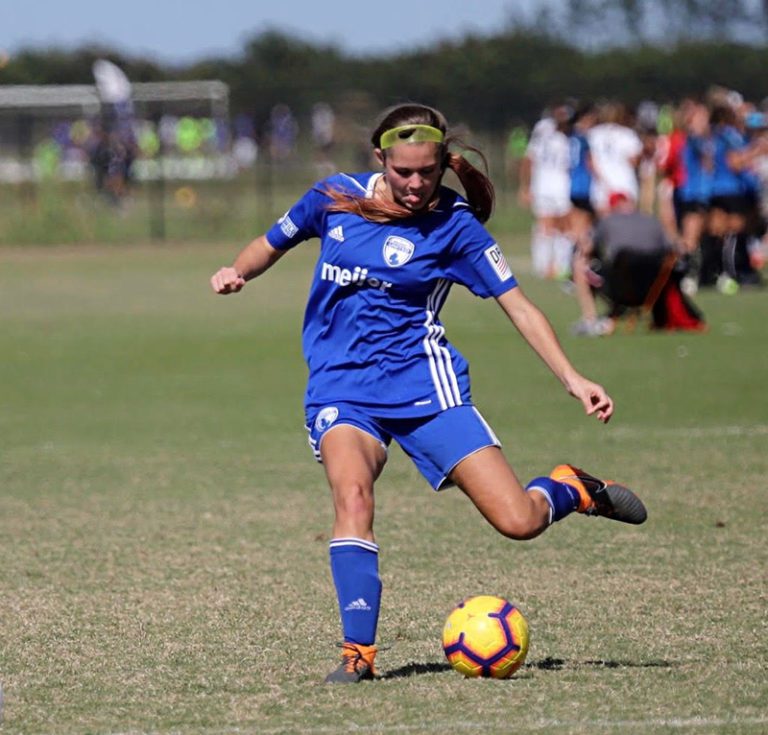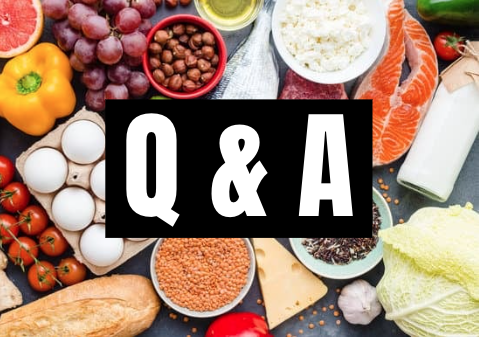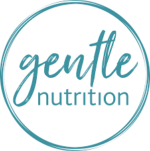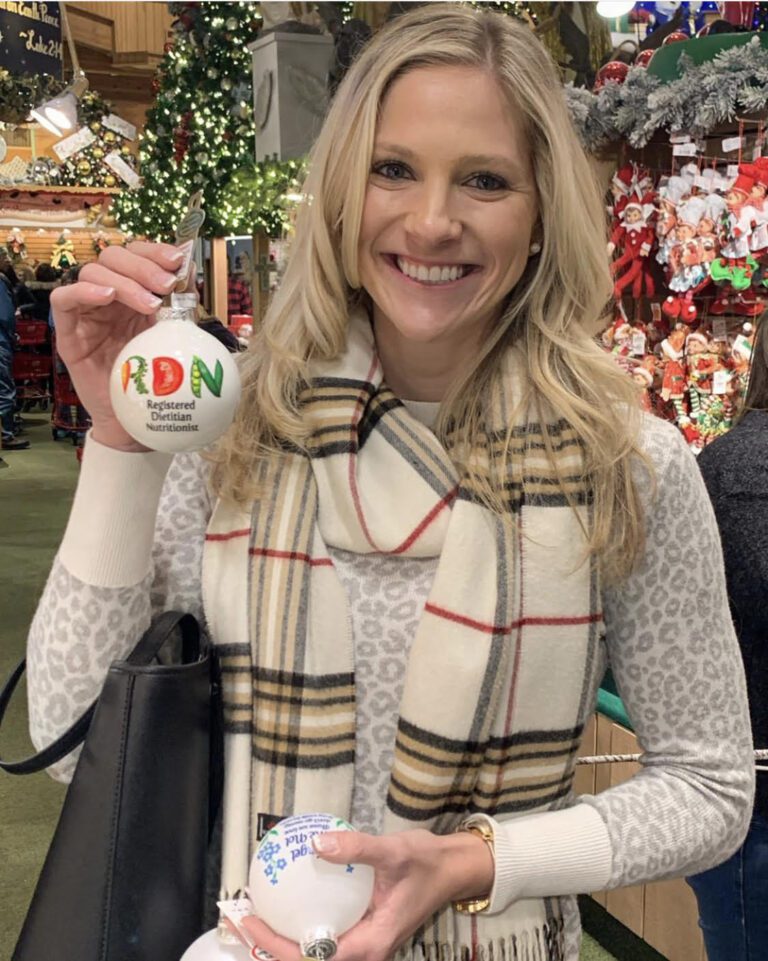Can Young Athletes Take Creatine?

Let’s break down what creatine is, how it’s used, and if it’s safe for your teen athlete to use.










Movement is medicine Research shows that even just 150 minutes/week of physical activity for adults can not only treat chronic conditions like cancer, type II diabetes, and heart disease but can also help prevent them according to the American College…

Are you looking for the perfect gift for your friends, colleagues, or loved ones? Well then look no further! Purchase a gift certificate for nutrition services provided by Wendi Irlbeck, Registered Dietitian Nutrition, and Healthy Lifestyle Coach! This is…

It seems like everyone is on a diet these days. In fact, many have spent their entire lives trying to lose weight and are chronically dieting. According to the CDC nearly one-half of adults have tried to lose weight within…